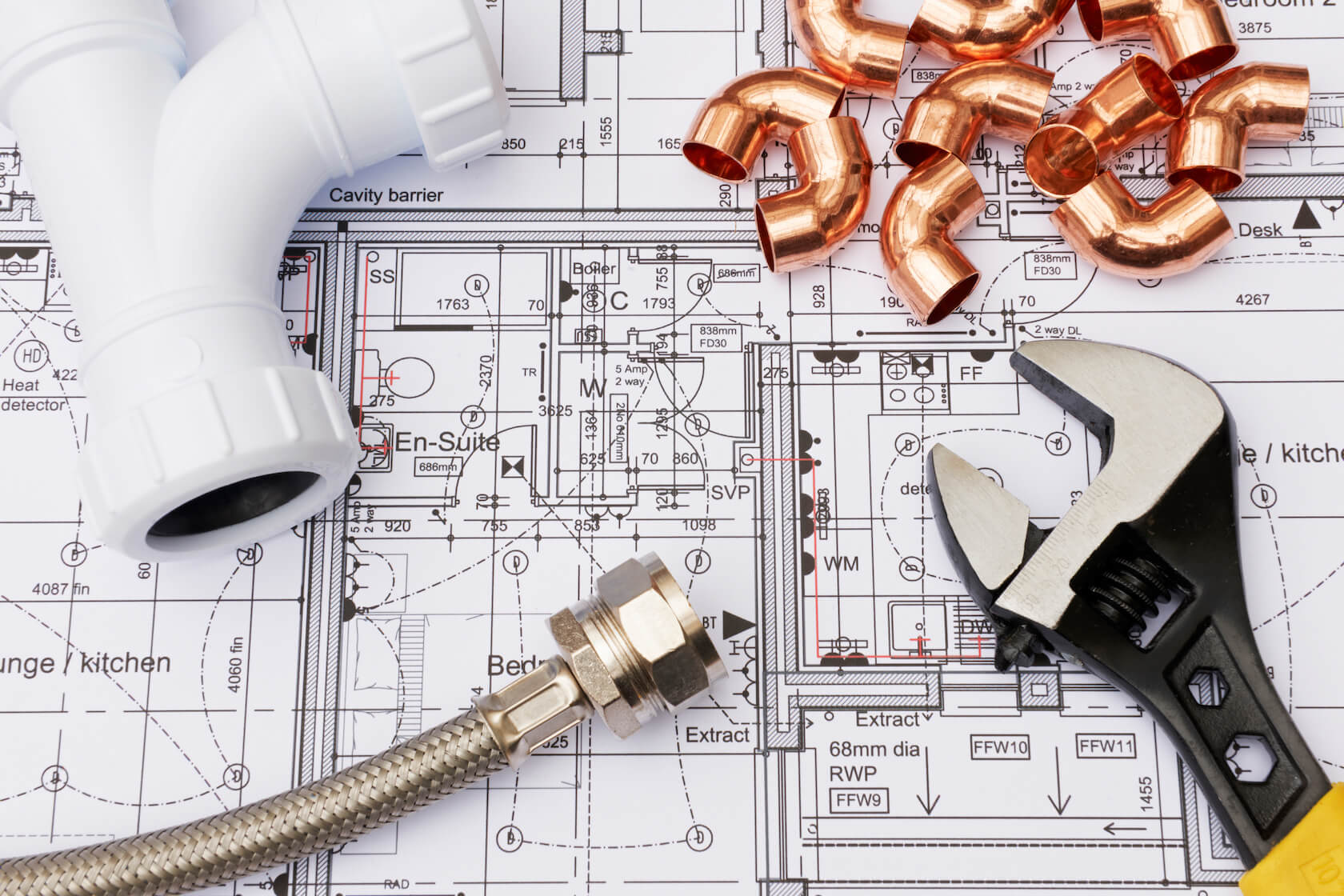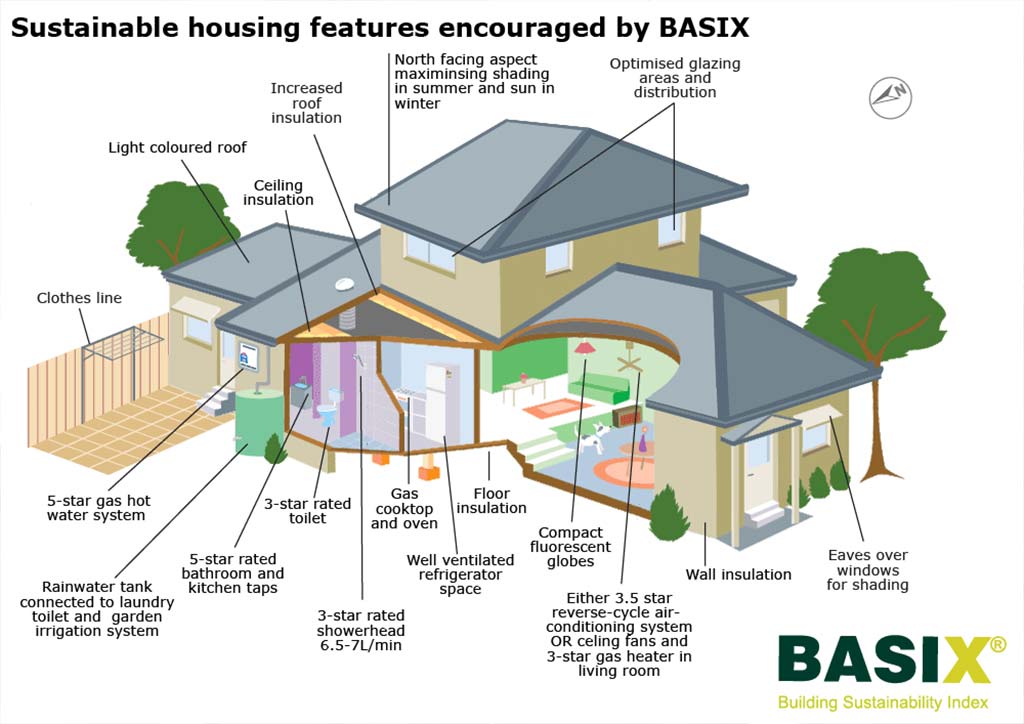Anatomy of Your House's Plumbing System: How It Matters
Anatomy of Your House's Plumbing System: How It Matters
Blog Article
What are your ideas regarding Exploring Your Homes Plumbing Anatomy?

Comprehending exactly how your home's plumbing system functions is vital for each homeowner. From providing clean water for drinking, cooking, and bathing to safely removing wastewater, a well-maintained pipes system is crucial for your family's wellness and comfort. In this comprehensive guide, we'll check out the complex network that comprises your home's pipes and deal ideas on maintenance, upgrades, and dealing with typical concerns.
Intro
Your home's pipes system is more than just a network of pipelines; it's an intricate system that guarantees you have access to clean water and effective wastewater removal. Knowing its components and exactly how they collaborate can aid you protect against pricey fixings and ensure everything runs smoothly.
Basic Components of a Plumbing System
Pipes and Tubes
At the heart of your pipes system are the pipelines and tubing that bring water throughout your home. These can be constructed from numerous materials such as copper, PVC, or PEX, each with its advantages in terms of sturdiness and cost-effectiveness.
Fixtures: Sinks, Toilets, Showers, etc.
Fixtures like sinks, toilets, showers, and bathtubs are where water is used in your house. Understanding how these components link to the pipes system helps in diagnosing problems and planning upgrades.
Valves and Shut-off Factors
Shutoffs regulate the circulation of water in your pipes system. Shut-off shutoffs are essential during emergency situations or when you need to make fixings, permitting you to isolate parts of the system without disrupting water circulation to the entire house.
Water Supply System
Main Water Line
The main water line attaches your home to the local supply of water or an exclusive well. It's where water enters your home and is distributed to numerous components.
Water Meter and Pressure Regulator
The water meter actions your water usage, while a stress regulator ensures that water streams at a safe stress throughout your home's pipes system, protecting against damages to pipes and fixtures.
Cold Water vs. Warm water Lines
Recognizing the distinction between cold water lines, which provide water directly from the major, and hot water lines, which lug warmed water from the water heater, assists in troubleshooting and preparing for upgrades.
Drainage System
Drain Pipes Pipeline and Traps
Drain pipelines bring wastewater far from sinks, showers, and bathrooms to the sewage system or sewage-disposal tank. Catches stop sewer gases from entering your home and likewise trap particles that could trigger obstructions.
Ventilation Pipes
Air flow pipes permit air into the drain system, preventing suction that might reduce drain and create traps to vacant. Proper ventilation is crucial for maintaining the stability of your pipes system.
Value of Proper Drain
Making sure proper drain protects against back-ups and water damage. On a regular basis cleaning drains and maintaining catches can protect against costly repair services and expand the life of your plumbing system.
Water Heating Unit
Kinds Of Hot Water Heater
Water heaters can be tankless or conventional tank-style. Tankless heating units warm water as needed, while containers store heated water for prompt usage.
How Water Heaters Connect to the Plumbing System
Comprehending just how water heaters connect to both the cold water supply and hot water circulation lines aids in diagnosing issues like inadequate warm water or leakages.
Upkeep Tips for Water Heaters
Regularly flushing your hot water heater to remove debris, checking the temperature settings, and checking for leaks can prolong its lifespan and enhance energy effectiveness.
Typical Plumbing Problems
Leaks and Their Causes
Leaks can happen because of maturing pipelines, loosened installations, or high water stress. Resolving leakages immediately avoids water damages and mold and mildew growth.
Blockages and Obstructions
Obstructions in drains pipes and toilets are commonly brought on by flushing non-flushable products or an accumulation of oil and hair. Making use of drain screens and being mindful of what decreases your drains pipes can protect against clogs.
Signs of Plumbing Issues to Watch For
Low water pressure, slow drains, foul odors, or unusually high water bills are signs of potential plumbing issues that must be dealt with without delay.
Pipes Upkeep Tips
Routine Evaluations and Checks
Schedule annual plumbing evaluations to capture problems early. Search for signs of leakages, deterioration, or mineral accumulation in faucets and showerheads.
DIY Upkeep Tasks
Straightforward jobs like cleaning faucet aerators, looking for bathroom leaks utilizing dye tablets, or protecting subjected pipes in cool environments can avoid significant plumbing issues.
When to Call a Specialist Plumbing Professional
Know when a plumbing issue calls for expert competence. Attempting complex repair services without appropriate expertise can result in more damages and higher fixing costs.
Updating Your Plumbing System
Factors for Upgrading
Updating to water-efficient fixtures or replacing old pipelines can improve water top quality, decrease water bills, and increase the worth of your home.
Modern Pipes Technologies and Their Benefits
Explore technologies like wise leak detectors, water-saving toilets, and energy-efficient hot water heater that can save cash and lower environmental influence.
Expense Considerations and ROI
Determine the ahead of time expenses versus long-lasting savings when thinking about plumbing upgrades. Several upgrades pay for themselves through lowered energy bills and less repair services.
Ecological Effect and Conservation
Water-Saving Components and Home Appliances
Mounting low-flow faucets, showerheads, and toilets can dramatically reduce water use without compromising efficiency.
Tips for Minimizing Water Usage
Straightforward routines like taking care of leakages quickly, taking shorter showers, and running complete loads of laundry and recipes can save water and reduced your energy bills.
Eco-Friendly Pipes Options
Take into consideration sustainable pipes products like bamboo for flooring, which is durable and environment-friendly, or recycled glass for countertops.
Emergency Readiness
Actions to Take Throughout a Plumbing Emergency
Know where your shut-off shutoffs lie and exactly how to switch off the water in case of a burst pipeline or major leakage.
Importance of Having Emergency Calls Useful
Maintain call information for local plumbers or emergency services easily offered for quick action during a plumbing situation.
DIY Emergency Fixes (When Relevant).
Short-lived fixes like utilizing air duct tape to spot a dripping pipeline or putting a container under a trickling tap can lessen damage till a professional plumbing technician shows up.
Verdict.
Understanding the composition of your home's pipes system empowers you to maintain it successfully, conserving time and money on repair work. By following routine upkeep regimens and remaining educated regarding modern-day plumbing technologies, you can ensure your pipes system runs successfully for several years to come.
HOW YOUR PLUMBING SYSTEM WORKS
Which Pipes Do What?
Blue lines = fresh water supply entering the building
Red lines = hot water supply entering the building
Grey lines = pipes carrying waste away from the building and venting pipes carrying gases away from the building (through the roof)
YOUR MAIN PLUMBING SYSTEMS
There are two main plumbing systems that support your home s basic plumbing needs one that brings clean water into your home, and one that sends dirty water away from your home. Connected to the toilet, bath, shower, and other faucets in your home, these two systems keep your water flowing in the right directions.
ACCESSING FRESH WATER
Fresh and clean water is brought into your home through the main water supply line . Filtered through one pipe, this water is pressured to flow into the various fixtures in your home at any given time.
This water can be sourced from a well located on your property, a pond or river (mostly cottages), or, as in most cases, from the city s municipal water treatment centre. However, it is important to note that water that is untreated, such as the water siphoned from ponds or rivers, may not be safe to drink. Personal water supplies always need to be treated for hardness and contaminants before consumed.
MUNICIPAL WATER SUPPLIES
Improve taste and odour
Remove sediment
Eliminate hardness
Reduce chlorine
COLD WATER SUPPLY VS. HOT WATER SUPPLY
Cold water flows into your home or building through the service line, which then distributes hot or cold water to your fixtures. This line is most commonly run through a central column that runs floor to floor. Hot water runs in short and straight pipes as the longer the pipeline, the more heat that will be lost in the transfer. Having shorter pipes also allows residents to access hot water more quickly.
WASTE WATER SYSTEM
Your wastewater system is divided into two parts pipes that send wastewater away from your home and venting pipes that send sewer gas away from your home. Sewage water travels through pipes that flush the water and waste towards local sewers that are operated and managed by your city or town. Most sewer systems rely on gravity to move the wastewater to where it needs to go.
The further away from your toilet or sink, the larger wastewater pipes become. This allows for waste to be disposed of from various parts of your home or business at once without pipe blockages. The angle and flow of these pipes are also essential for keeping your waste pipes clear of build up.
https://harrisplumbing.ca/how-your-home-plumbing-system-works/

HOW YOUR PLUMBING SYSTEM WORKS
Which Pipes Do What?
YOUR MAIN PLUMBING SYSTEMS
There are two main plumbing systems that support your home s basic plumbing needs one that brings clean water into your home, and one that sends dirty water away from your home. Connected to the toilet, bath, shower, and other faucets in your home, these two systems keep your water flowing in the right directions.
ACCESSING FRESH WATER
Fresh and clean water is brought into your home through the main water supply line . Filtered through one pipe, this water is pressured to flow into the various fixtures in your home at any given time.
This water can be sourced from a well located on your property, a pond or river (mostly cottages), or, as in most cases, from the city s municipal water treatment centre. However, it is important to note that water that is untreated, such as the water siphoned from ponds or rivers, may not be safe to drink. Personal water supplies always need to be treated for hardness and contaminants before consumed.
MUNICIPAL WATER SUPPLIES
COLD WATER SUPPLY VS. HOT WATER SUPPLY
Cold water flows into your home or building through the service line, which then distributes hot or cold water to your fixtures. This line is most commonly run through a central column that runs floor to floor. Hot water runs in short and straight pipes as the longer the pipeline, the more heat that will be lost in the transfer. Having shorter pipes also allows residents to access hot water more quickly.
WASTE WATER SYSTEM
Your wastewater system is divided into two parts pipes that send wastewater away from your home and venting pipes that send sewer gas away from your home. Sewage water travels through pipes that flush the water and waste towards local sewers that are operated and managed by your city or town. Most sewer systems rely on gravity to move the wastewater to where it needs to go.
The further away from your toilet or sink, the larger wastewater pipes become. This allows for waste to be disposed of from various parts of your home or business at once without pipe blockages. The angle and flow of these pipes are also essential for keeping your waste pipes clear of build up.
https://harrisplumbing.ca/how-your-home-plumbing-system-works/
Hopefully you enjoyed reading our post on The Inner Workings of Your Home's Plumbing. Thank you for taking time to read our blog. You should take the opportunity to share this entry if you liked it. We cherish reading our article about Exploring Your Homes Plumbing Anatomy.
Click Here! Report this page